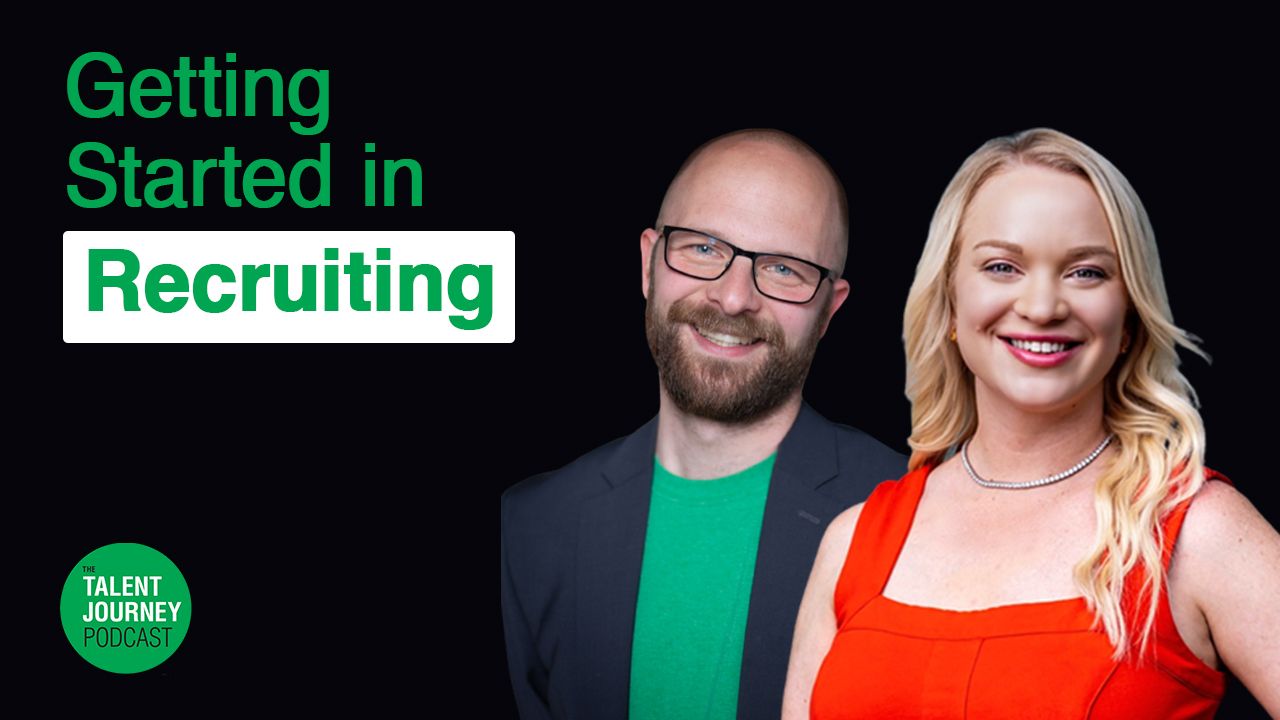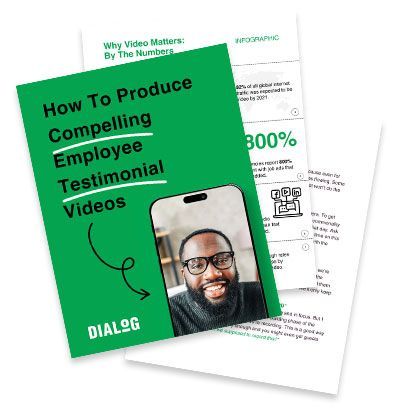Are you waiting on a miracle?

Many employers are waiting for something to magically happen to improve the labor market. However, some are ahead of the curve, taking the challenge into their own hands--and winning the race for talent. Learn how you can solve your skills gaps and talent gaps in this quick read.
No, there aren't people hiding out in the woods, waiting on unemployment checks to expire before looking for a job.
A lot of people still believe this is the case. But the data shows otherwise.
In fact, this problem will continue indefinitely because there simply aren't enough people to cover all the retiring baby boomers or folks who have permanently left the workforce for multiple reasons.
It's time to start doing things differently that you have before.
And that involves thinking proactively about talent attraction. Here are three strategic moves you can make as an employer to grow your workforce. Just picking one of these will put you miles ahead of your competitors, simply because so few employers are doing this.
1) Invest in your culture.
Your culture can make or break your retention numbers. One study showed that almost one in three people (32%) quit their job in the first three months because they weren't fans of the culture. And having a good culture is proven to lower talent acquisition costs by 50%. So the ROI for culture-building projects will show up across multiple areas of your business.
For many employers, improving culture can often be as simple as promoting better internal communication. However, many leadership teams struggle to understand where they can reasonably make changes in their organizations to improve work culture. A great solution to this is to survey your people. You can do this with survey software such as Survey Monkey or simply make a point as a leader to meet with your team one-on-one to ask where the company stands in the eyes of your employees. Explain why you're doing it and ask open-ended questions such as "What's one thing we could do better?" or "What's something you wish leadership knew more about?". The results will often surprise you but give you the knowledge you need to be able to adjust the direction of your company's culture.
Once you find out the opportunities to improve your workplace, communicate the things you've discovered to your team and how you're tackling the issues in a regular team meeting, video, or email. You'll find that transparency around the issue is the first step to building trust with your employees, especially if they're disenfranchised by years of a lack of communication or change. You may not be able to make all of the changes people are asking for, but the important thing is to show how you're taking bites out the problem while inviting continual feedback. When your employees see you're taking steps to improve based on their feedback (and not getting ignored), your efforts to build a positive workplace culture will start to bear fruit.
If your culture is really struggling or you just want a guide to help you on your way to improve your company, there are great people who can help with this such as Steve Utech and his team at Illumyx. You can learn more about their innovative approach to culture measurement in our interview with Steve here.
2) Invest in your internal training.
Not finding great candidates? You can train them internally. Yes, even hard-to-fill positions can be trained in with help from local tech schools or consultants such as Double E Workplace Solutions, who specialize in training the production teams of blue collar workforces.
Plus, having training programs for your people is something they want! Offering employee training programs has been proven to improve employee satisfaction. And when you have happy employees, you have less retention headaches.
Studies show that when you invest in your people, they're less likely to leave for another employer. Playablo says it this way: "Retention rates rise 30-50% for companies with strong learning cultures." So make it hard for your people to leave by creating a training program around a hard-to-fill position. And watch your retention rates increase over time.
This type of move obviously requires an investment of time and effort to build up your training force. But since your job situation isn't going away anytime soon AND the cost to find new people is so expensive compared to keeping them, why not invest in this strategy?
3) Invest in promoting your employee stories.
So many employers forget that most of the world doesn't know about them. There, I said it. Yet many employers forget that even though they operate in rural areas, most people will have never heard of them.
I was talking with a manufacturer in rural Minnesota recently and was surprised at how even in a county of just 65,000 people many people hadn't heard of their massive 500+ operation.
That's what agencies like Dialog Employer Branding are for. We specialize in promoting employers who are doing a good job of caring for their people. Can't afford an employer branding agency? We recommend working on the following strategy to get started with your own employer reputation:
- Claim on your online review pages such as Indeed or Glassdoor and respond to all reviews, good and bad. Post regular photo and video updates. Make sure you're active on these profiles as 67% of people consider online reviews a significant factor as to whether they'll apply. What are your Indeed page visitors seeing?
- Build a habit of posting on social media. What do you post? Some social media post ideas include photos and videos of:
- Employee Engagement Activities
- Employee before/after stories
- Employee development stories
- Thought leadership
- Workplace walk throughs
- Fun facts
- Benefit highlights
- Create shorter, simpler job ads that connect with your candidates. You don't need a list of bullet points. You want to aim for a few paragraphs about the job using language that speaks to the situation your candidates are in currently.
- Build your website so that it has answers about your company and your jobs from a candidate's perspective. They'll want to know things such as pay, hours, what the work environment is like, what their boss is like, and what kinds of benefits to expect. Updated career websites are often one of the lowest hanging fruit I see in terms of improving candidate expectations.
- Make your jobs easier to apply to. According to a study cited by SHRM, "60 percent of job seekers quit in the middle of filling out online job applications because of their length or complexity." Now I've heard some folks claim that doing this increases the amount of junk applications. But think about it: if you're not making it easier for great candidates to apply, you're never going to get their applications with your existing process. You're just getting candidates who don't mind filling out an application for 30 minutes.
Stop waiting on a miraculous end to the labor shortage. It's now an employee market and will be for 10, 20, or even 30 years. Candidates have the pick of the litter when it comes to finding their next job. And they will indeed be picky based on what they see on social media and online reviews.
Changing the way you've always done things takes courage. But many employers are already doing it successfully and solving the talent shortage by embracing the paradigm shift: simple talent sourcing is gone. The new way may be more complex, costly, and take more time, but it does work.
Justin Vajko (vay-koh) is a speaker and award-winning marketer who is passionate about connecting great employers to great employees. Justin has seen too many fantastic companies struggle to recruit efficiently. That's why he and his company Dialog help employers generate more job applications from qualified applicants by building their reputation online using video. Justin lives in Chippewa Falls, Wisconsin with his wife and three kids in their first home where he’s on a steep learning curve wrangling non-working appliances and fixing leaky faucets. Have any tips for how to properly mud drywall? Let Justin know on LinkedIn.




